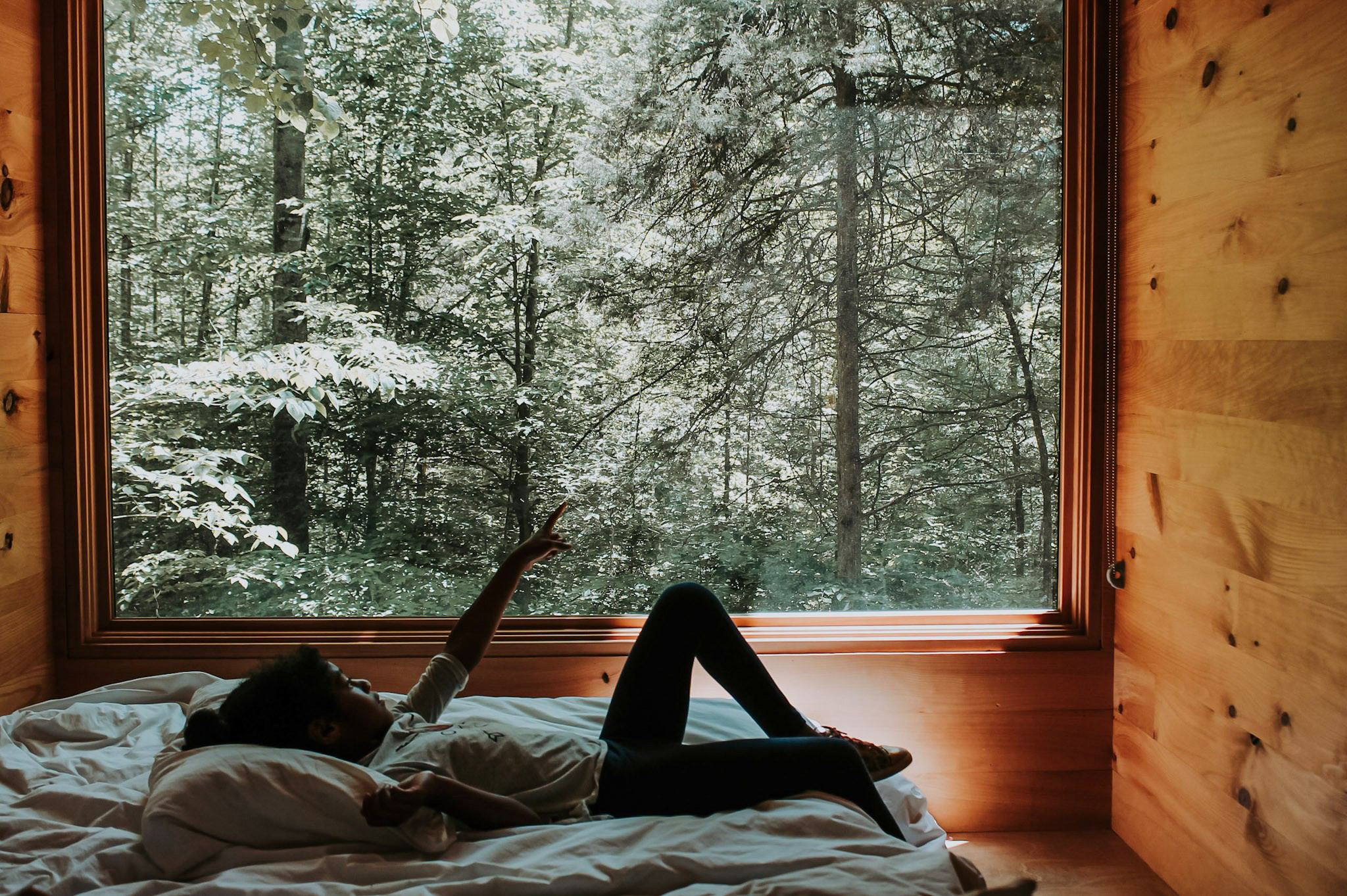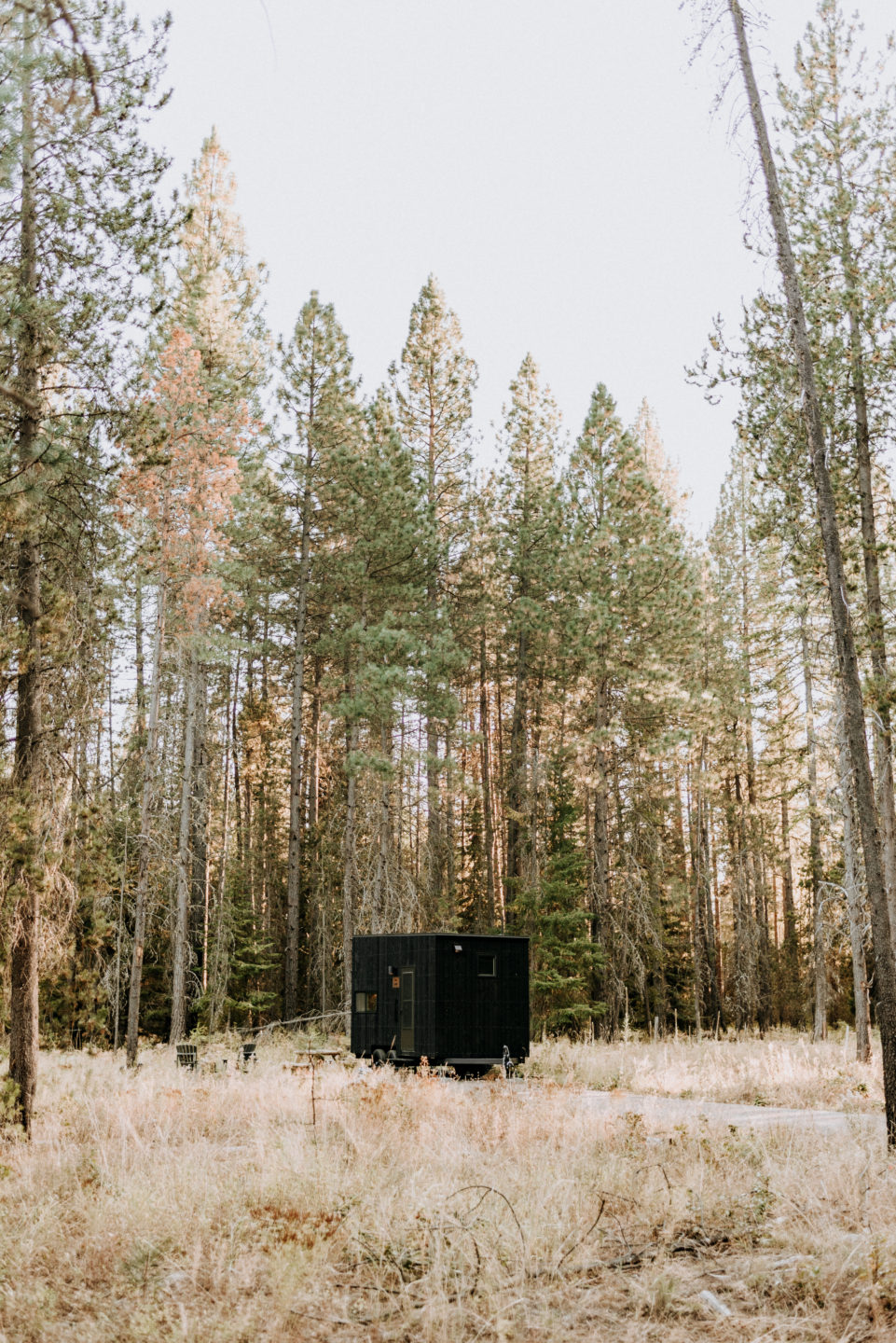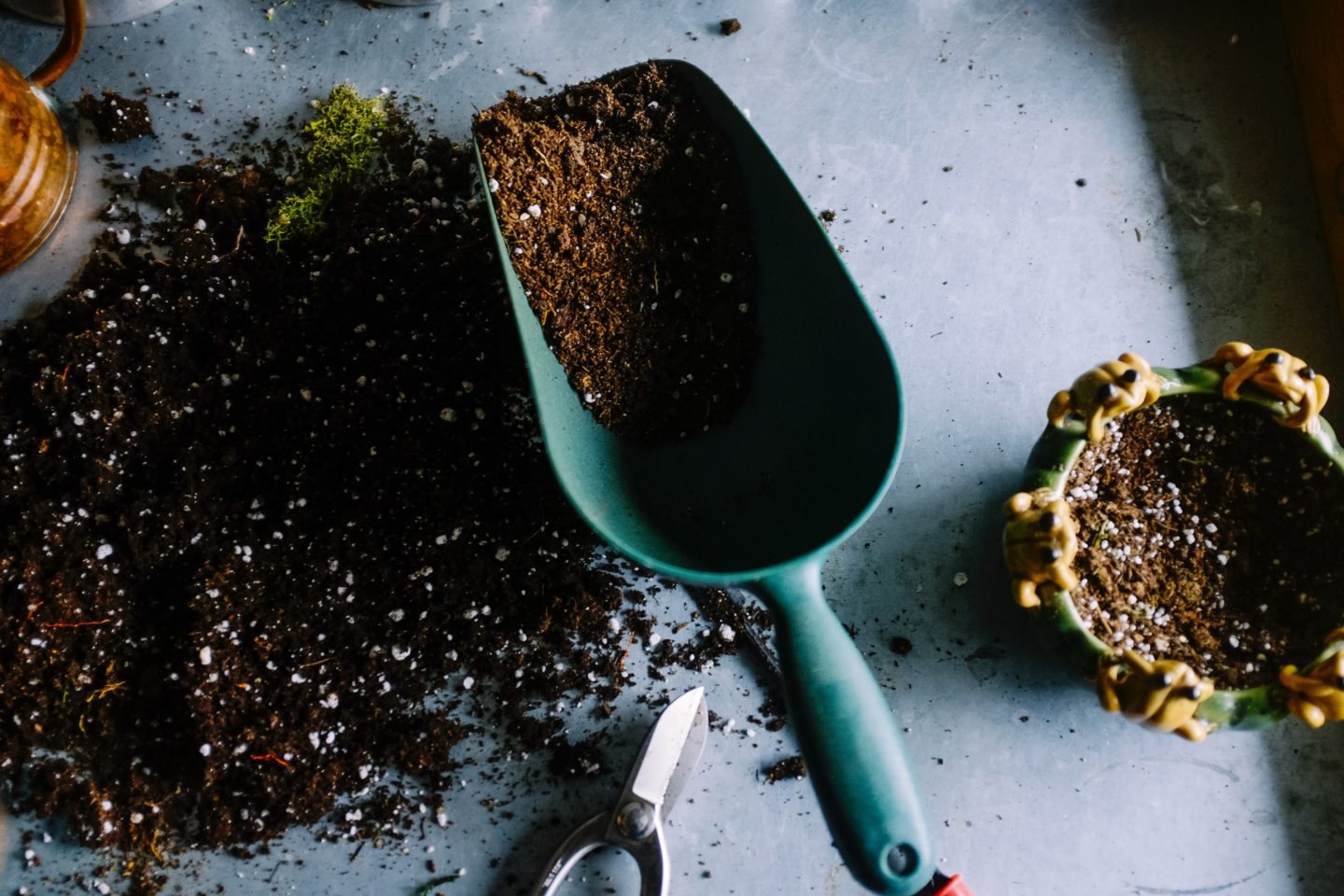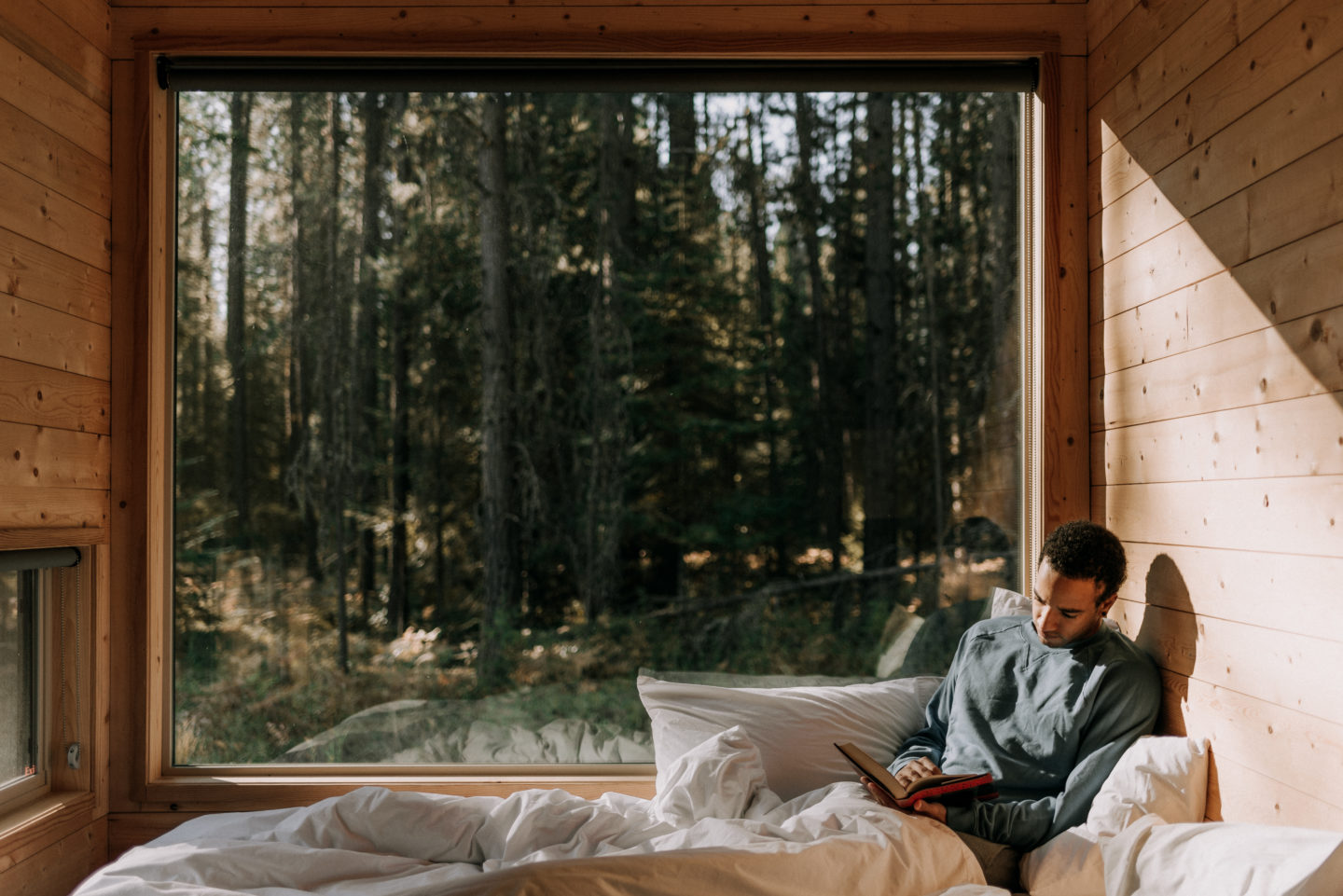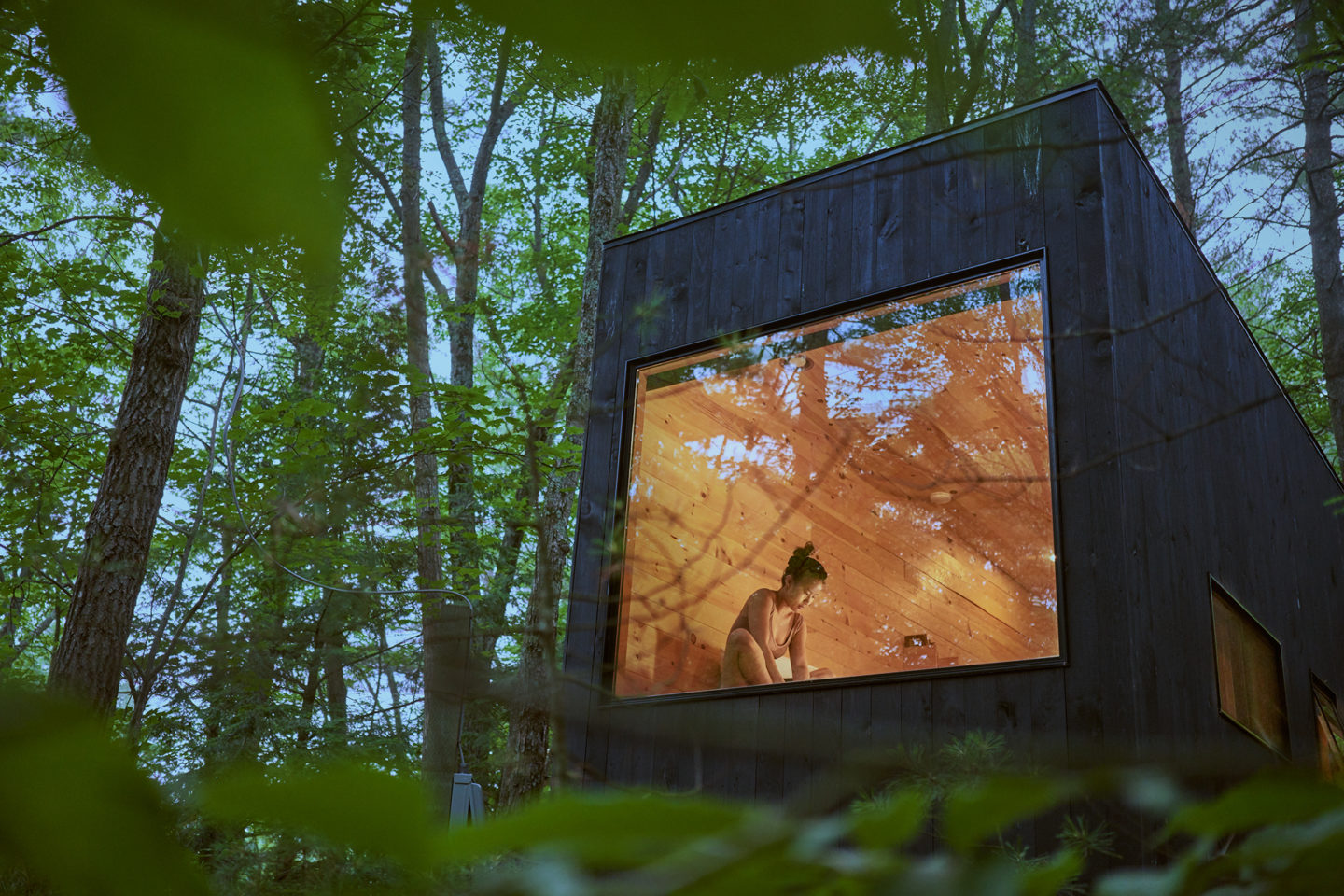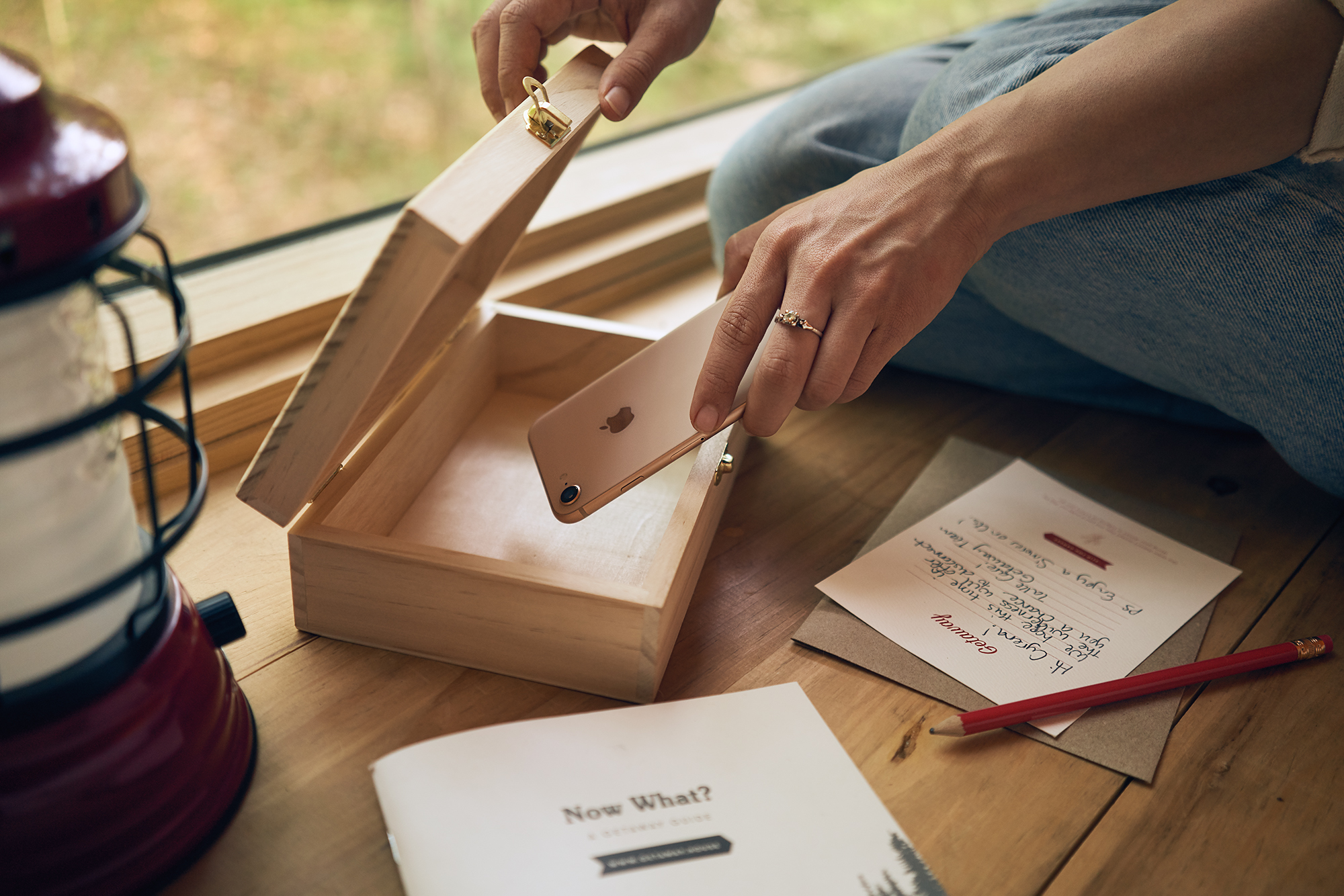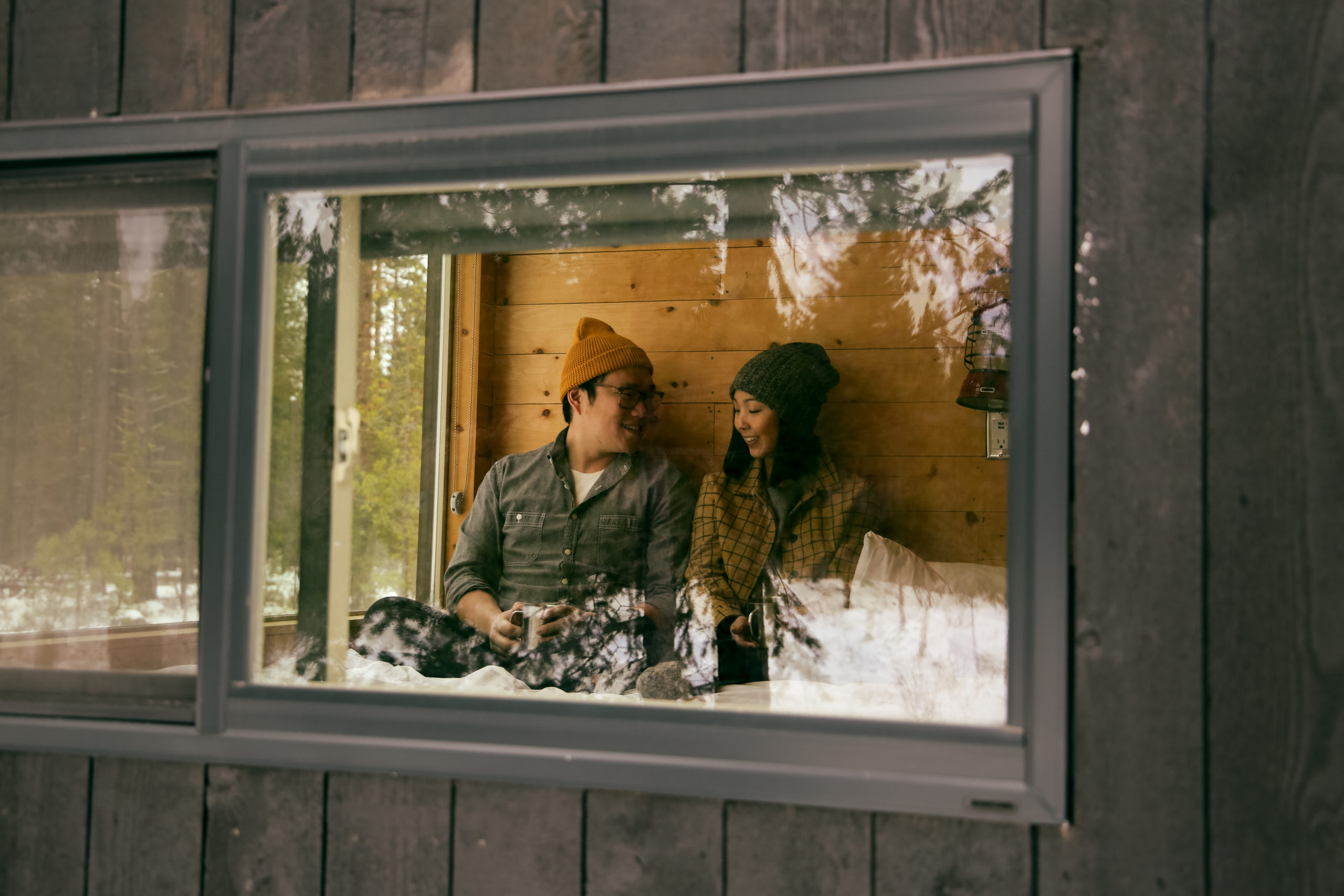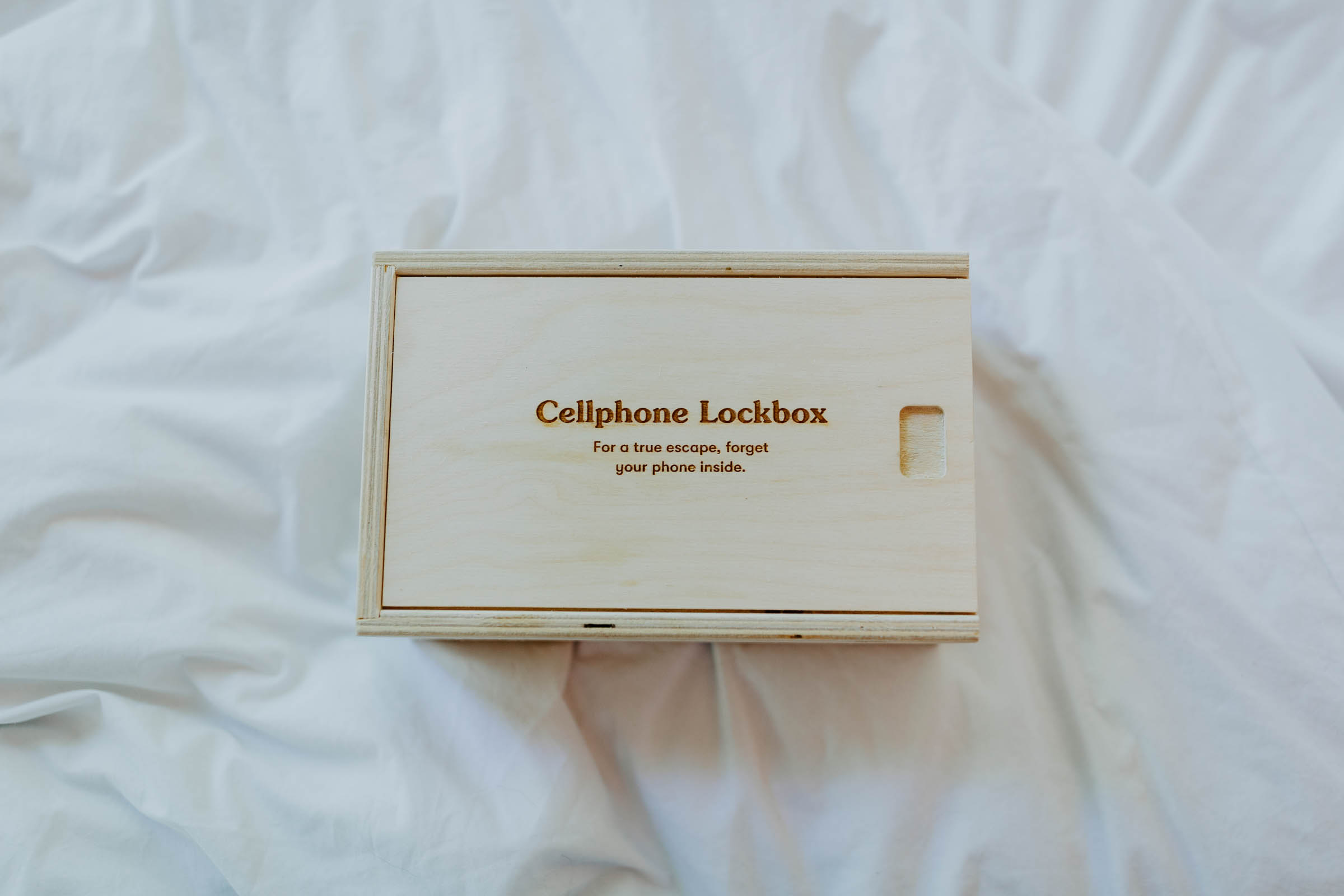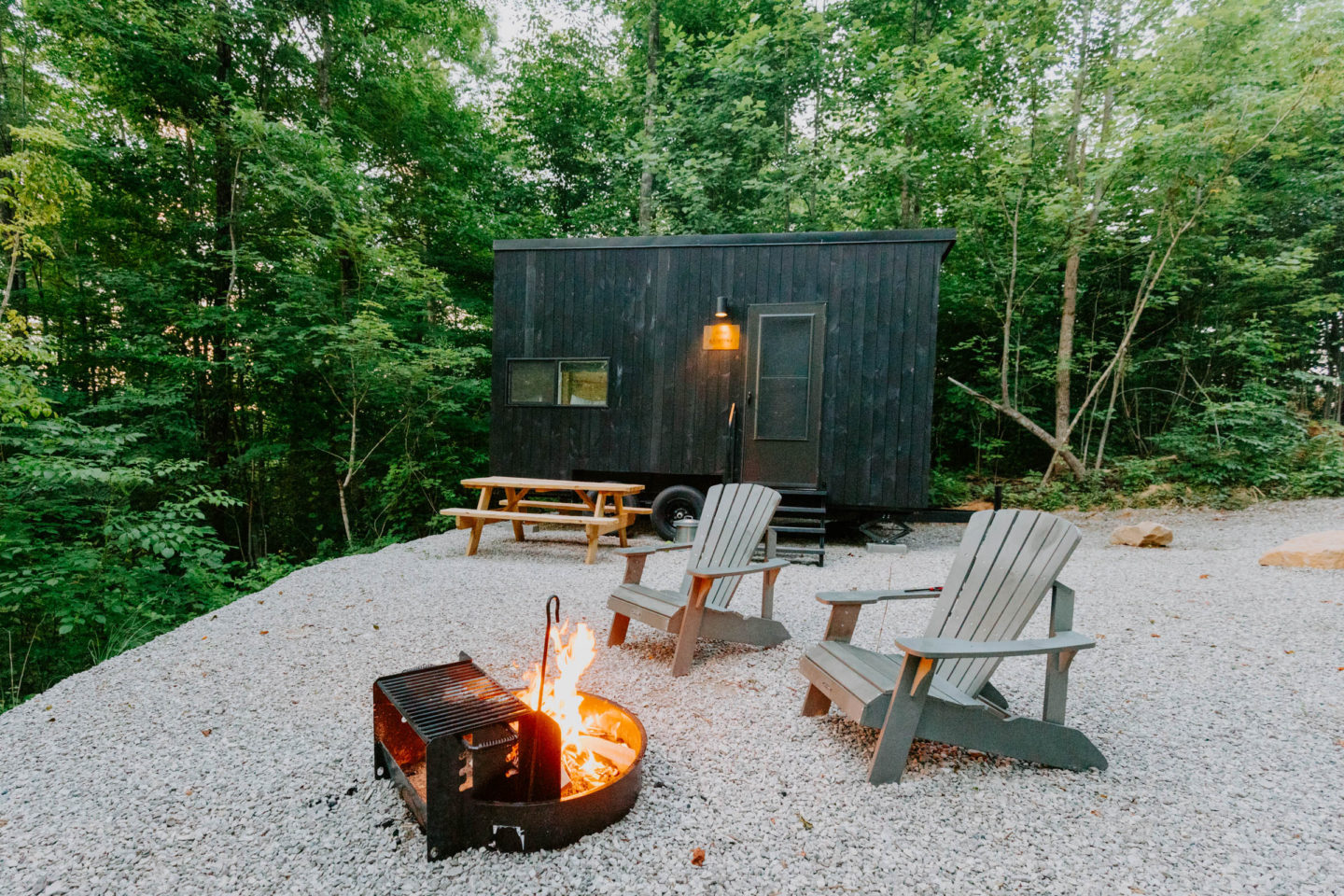Americans spend 87% of our time indoors, and almost half the remaining time in an enclosed vehicle. That means we’re only outside 7% of our time — and over the past year or so, you’ve likely spent even more time indoors than usual.
Spending time outside does wonders for our bodies and minds; it can also help us feel more connected to the world around us. Researchers have found that regular exposure to nature lowers the risk of type 2 diabetes and heart disease, betters sleep, reduces stress, and improves self-esteem and memory.
If you’ve found that you’re spending more time indoors this year, especially as the weather cools, we challenge you to try to spend at least 30 minutes outside every day this week. Here are a few ways to fit more time outside into your schedule.

Walk a Dog
Dogs are a great excuse to get outside. If you don’t have one of your own, offer to take a friend’s dog for a walk. You’ll be doing them a favor while reaping the benefits of fresh air — plus, the pup will love to explore your route.
Hit the Streets or Trails Instead of an Indoor Workout
Your jog will be a lot more interesting when you trade the treadmill for the real world, whether you’re running on streets or in parks.
Watch a Sunrise or Sunset
Making time to catch the sun rising or setting is a great way to get outside, enjoy the beauty of nature, and either wind down at the end of the day or spend some moments centering yourself before your day begins.
Take a Walk at Lunch or During a Meeting
Fitting in a bit of exercise and a dose of nature in the middle of your workday is a great practice to begin. Try heading out for a quick walk during your lunch break, or take a walk during a meeting — it’s likely you’ll have a bit of extra energy for the rest of your day.
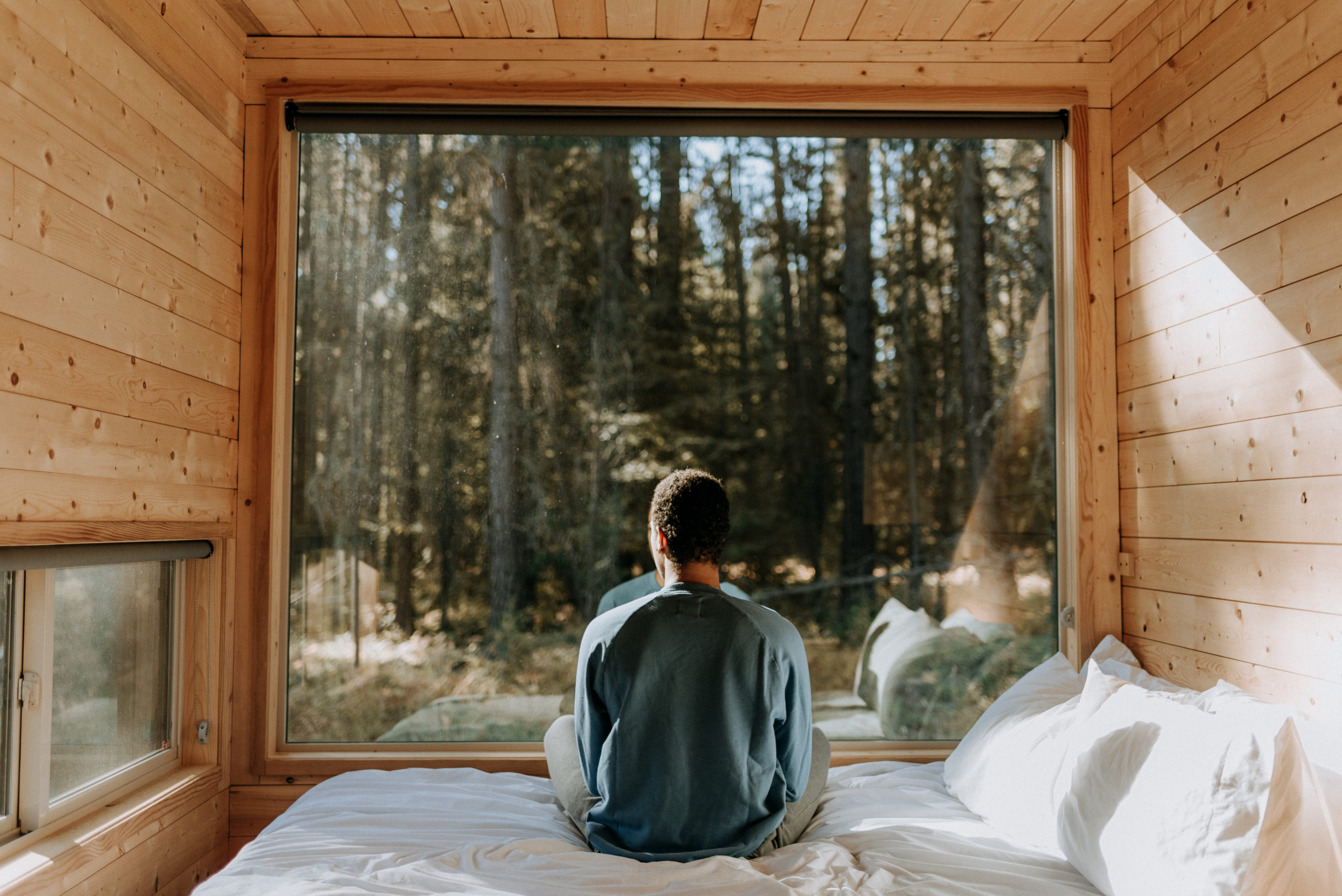
Ready for a weekend escape to nature? Book your Getaway today.

